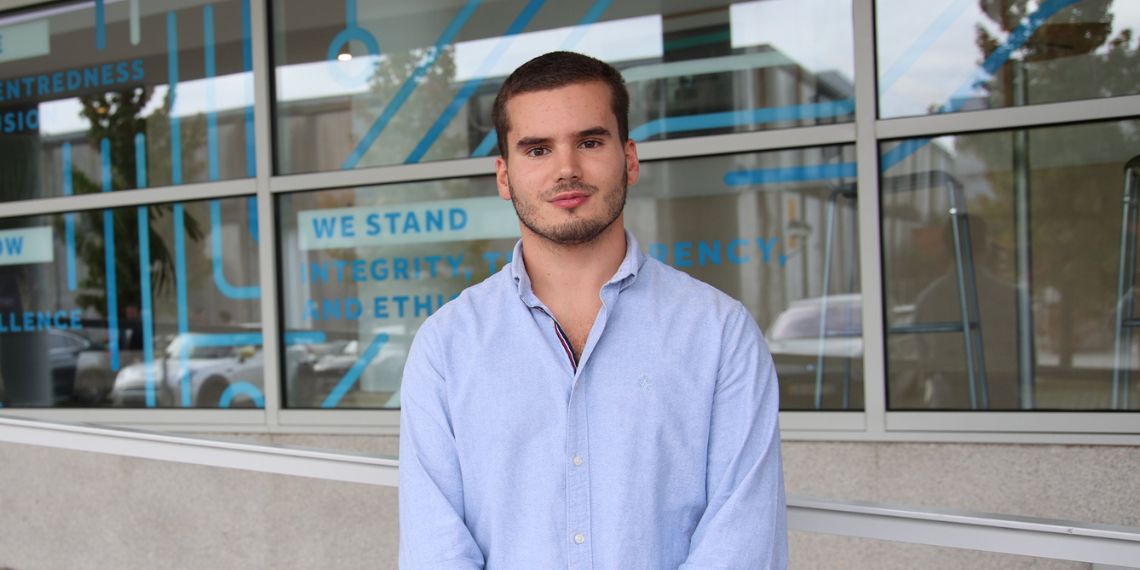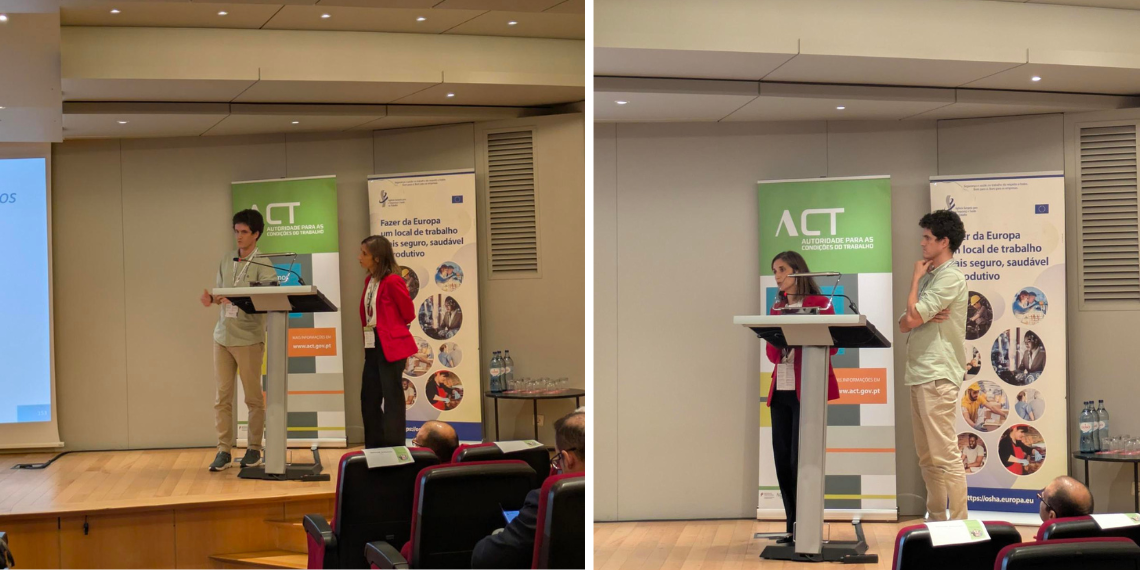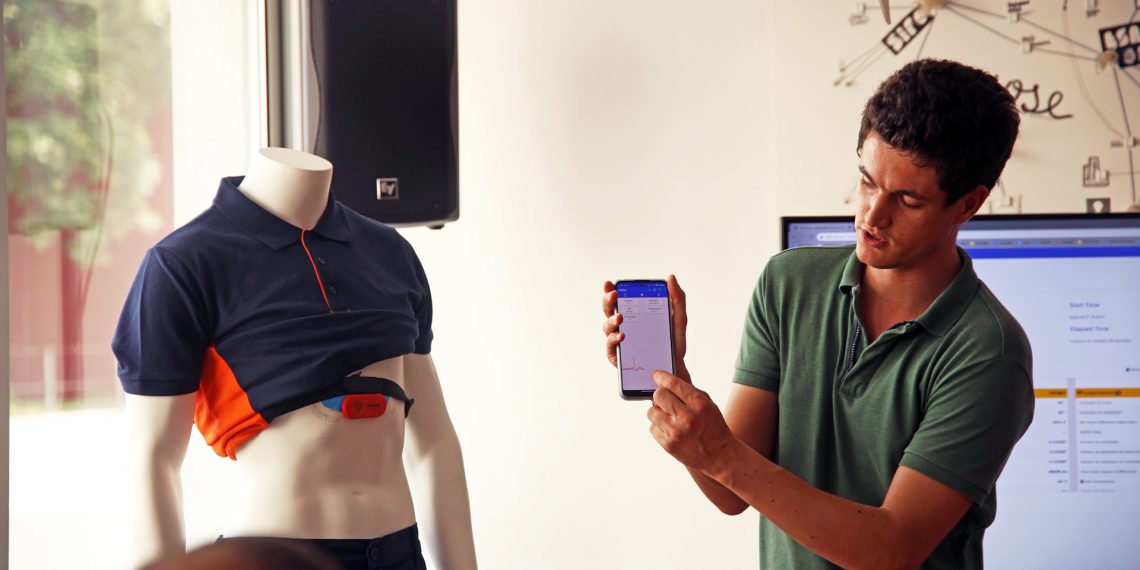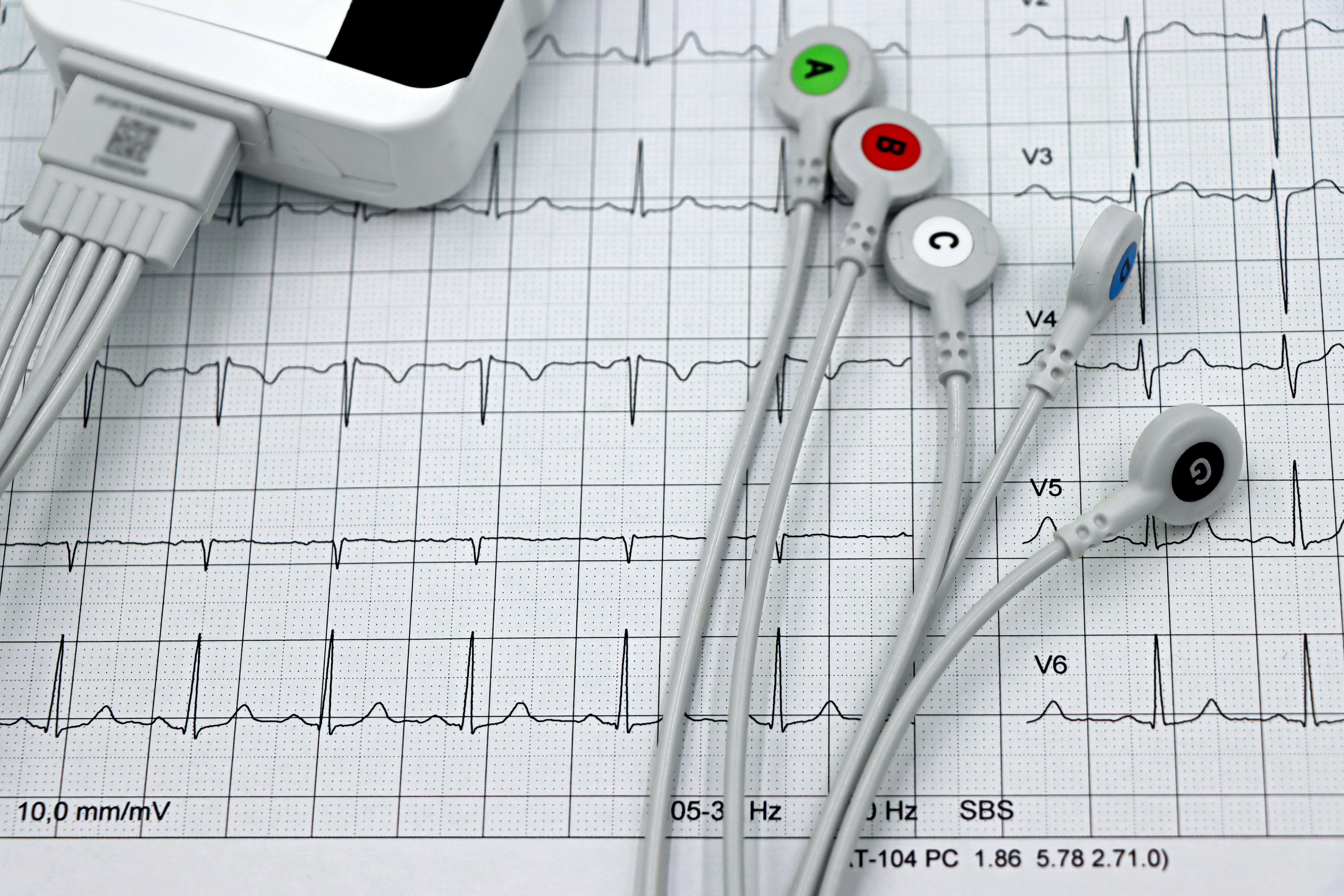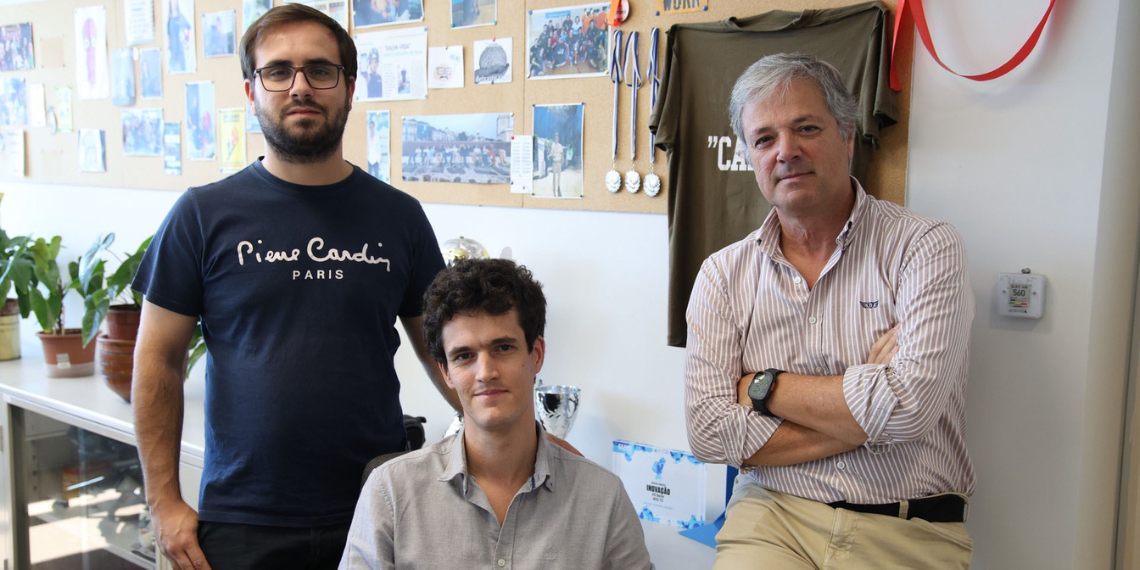Bioengineering
Bioengineering is a rapidly growing and evolving domain at the intersection of engineering and life sciences. It combines fundamental engineering principles, practices, and technologies in medicine,biology, environment, and health sciences to provide effective solutions to problems in these fields. The domain addresses the development of mathematical theories and models, physical, biological, and chemical principles, computational models and algorithms, devices and systems for the early detection and diagnosis of different types of diseases, ageing-related impairments, rehabilitation, occupational health and wellness, and environmental-biology interactions, among others.


